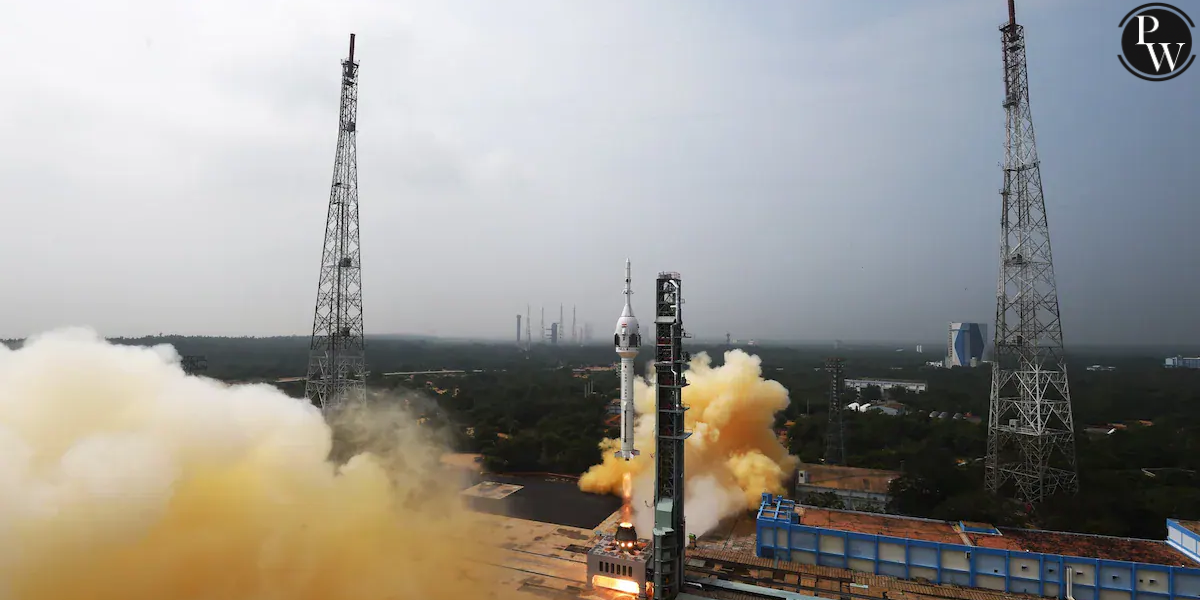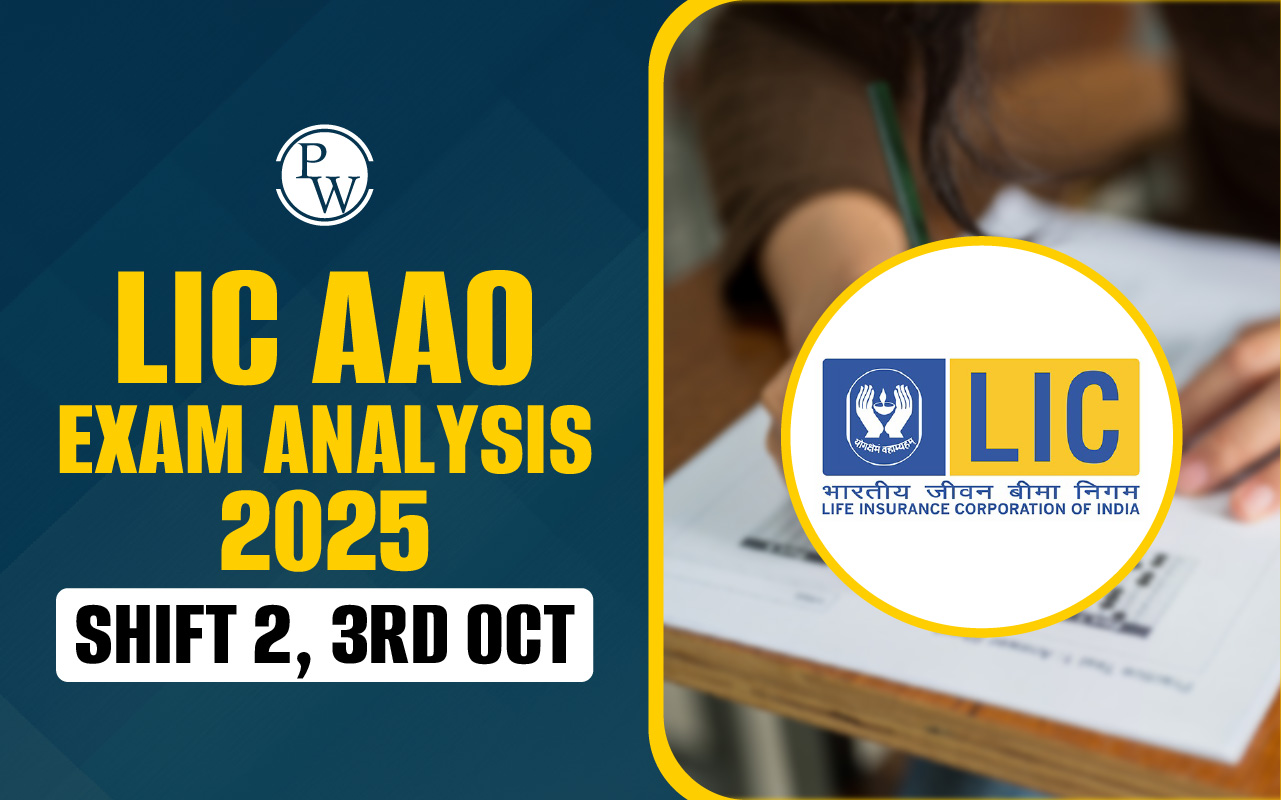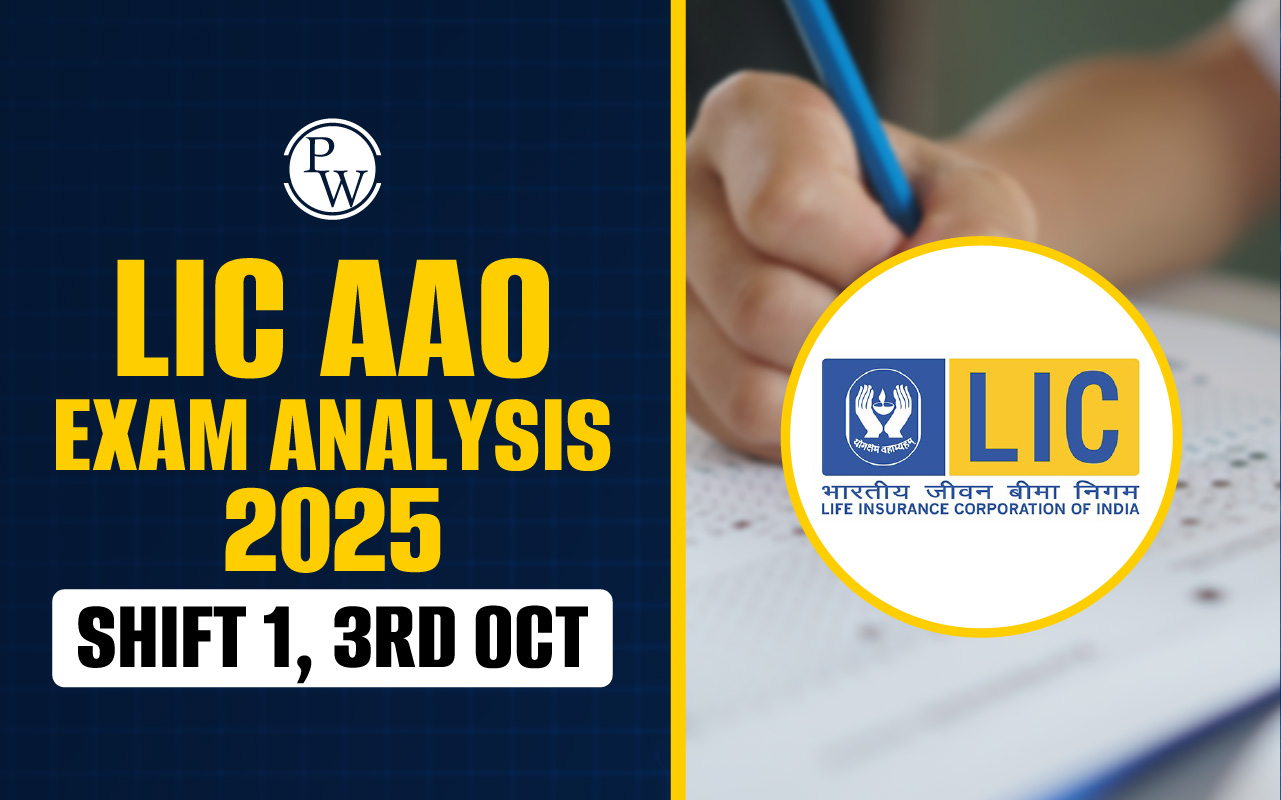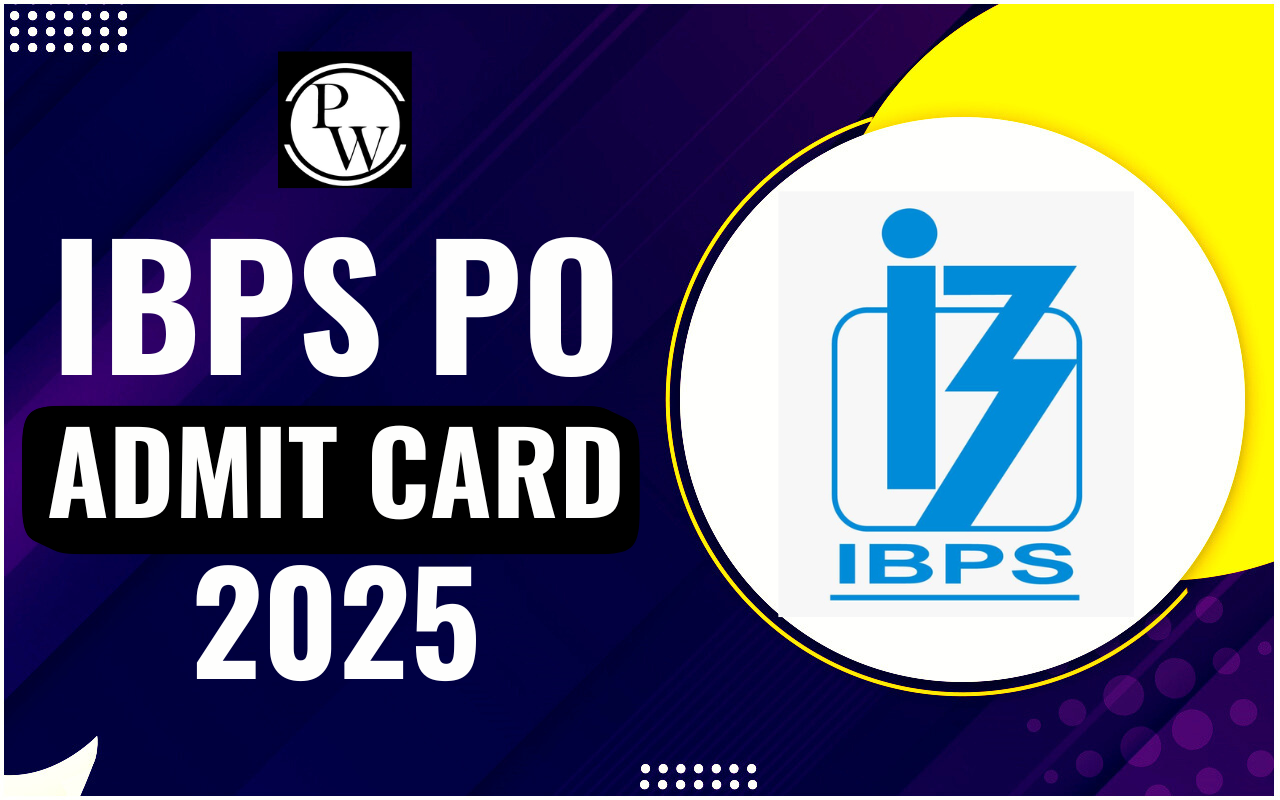

What is ISRO Gaganyaan Mission?
Gaganyaan mission is India's first mission to send humans into space. Gaganyaan mission is developed by the Indian Space Research Organisation (ISRO). The goal is to launch a three-member crew into Low Earth Orbit (LEO) for up to seven days. The Gaganyaan spacecraft is designed for three people, and a future version will have the capability for rendezvous and docking.
ISRO launched Test Vehicle Demonstration (TV-D1) on October 21, 2023, from the Satish Dhawan Space Centre. However, the launch faced a hold just five seconds before the scheduled time. After resolving the issue, the TV-D1 was successfully launched at 10:00 A.M., marking a successful mission.
The Gaganyaan mission is a significant achievement for India. India will join the ranks of countries that have sent humans to space.
Gaganyaan Mission Objectives
- To demonstrate India's capability for human spaceflight.
- To gain experience in designing, developing, and operating human spacecraft.
- To develop infrastructure for sustained human spaceflight activities.
- To inspire the next generation of scientists and engineers.
Gaganyaan Mission Timeline
- Launch in 2024 with two uncrewed test flights and one crewed flight.
- Gaganyaan-1 (2023): Test spacecraft systems and subsystems.
- Gaganyaan-2 (2024): Test spacecraft's re-entry and landing systems.
- Gaganyaan-3 (2024): Crewed flight with a three-member crew for up to seven days.
Abort Test Mission
The uncrewed test flight had a major objective: to demonstrate the Crew Escape System's (CES) ability to safely separate the crew module from the launch vehicle in an emergency. The CES, when activated, separates the crew module and deploys parachutes for a safe landing in the Bay of Bengal.
This abort test is crucial for Gaganyaan's development. Success ensures confidence in the CES's ability to protect the crew in emergencies and provides valuable data to refine the system's design and abort procedures.
ISRO Gaganyaan Mission Succeeds in Second Attempt
After the ISRO TV-D1 rocket faced issues during the initial launch of India's Gaganyaan Mission, the space agency successfully relaunched the rocket 45 minutes later. The Test Vehicle, carrying payloads for the Gaganyaan human space flight program, took off at 10 am on 21st October, Saturday from Sriharikota.
ISRO Chairman S Somanath expressed happiness over the successful launch, stating, "I am very happy to announce the successful accomplishment of the Gaganyaan TV-D1 mission."
ISRO shared on X (former Twitter) that the reason for the initial launch hold was identified and corrected, and the launch was rescheduled for 10:00 Hrs on the same day. The launch delay was attributed to problems with engine ignition.
The Gaganyaan mission is a significant milestone in India's efforts to demonstrate human spaceflight capabilities. The project aims to launch a crew of three members into a 400 km orbit for a 3-day mission, bringing them safely back to Earth by landing in Indian waters.
The gaganyaan mission positions India as the fourth nation to conduct a manned spaceflight mission, following the US, Russia, and China. Building on the success of previous space initiatives like Chandrayan-3 and Aditya L1, Prime Minister Narendra Modi has set new goals, including establishing the 'Bharatiya Antariksha Station' (Indian Space Station) by 2035 and sending the first Indian to the Moon by 2040.
ISRO Gaganyaan Mission All you need to know
Gaganyaan mission, a significant project under HSFC, aims to demonstrate India's capability for human spaceflight. The plan involves launching a crew of three members into a 400 km orbit for a 3-day mission and safely bringing them back to Earth by landing in Indian sea waters.
- The project is strategically executed by leveraging in-house expertise, Indian industry experience, intellectual capabilities of academia, and cutting-edge technologies from international agencies.
- Critical technologies, including a human-rated launch vehicle, life support system, crew emergency escape provision, and crew management aspects, are developed for the Gaganyaan mission. Precursor missions, such as Integrated Air Drop Test (IADT), Pad Abort Test (PAT), and Test Vehicle (TV) flights, are planned to demonstrate technology readiness before the actual human spaceflight mission. Safety and reliability of all systems will be proven in unmanned missions before a manned mission.
- The Human Rated LVM3 (HLVM3), a modified version of ISRO's proven LVM3 rocket, is identified as the launch vehicle for the Gaganyaan mission. It includes a Crew Escape System (CES) for crew safety in emergencies during launch or ascent.
- The Orbital Module (OM), which orbits Earth, consists of the Crew Module (CM) and Service Module (SM). The CM provides a habitable space with an Earth-like environment for the crew. It is designed for re-entry to ensure crew safety during descent. The SM supports the CM with necessary systems while in orbit.
- New technologies are being developed to ensure human safety in the Gaganyaan mission, including engineering and human-centric systems.
What is the purpose of Mission Gaganyaan?
What is the Gaganyaan Mission of India?
Why is Gaganyaan Mission significant for India?
What is Gaganyaan also known as?
Is Gaganyaan Mission successful?












